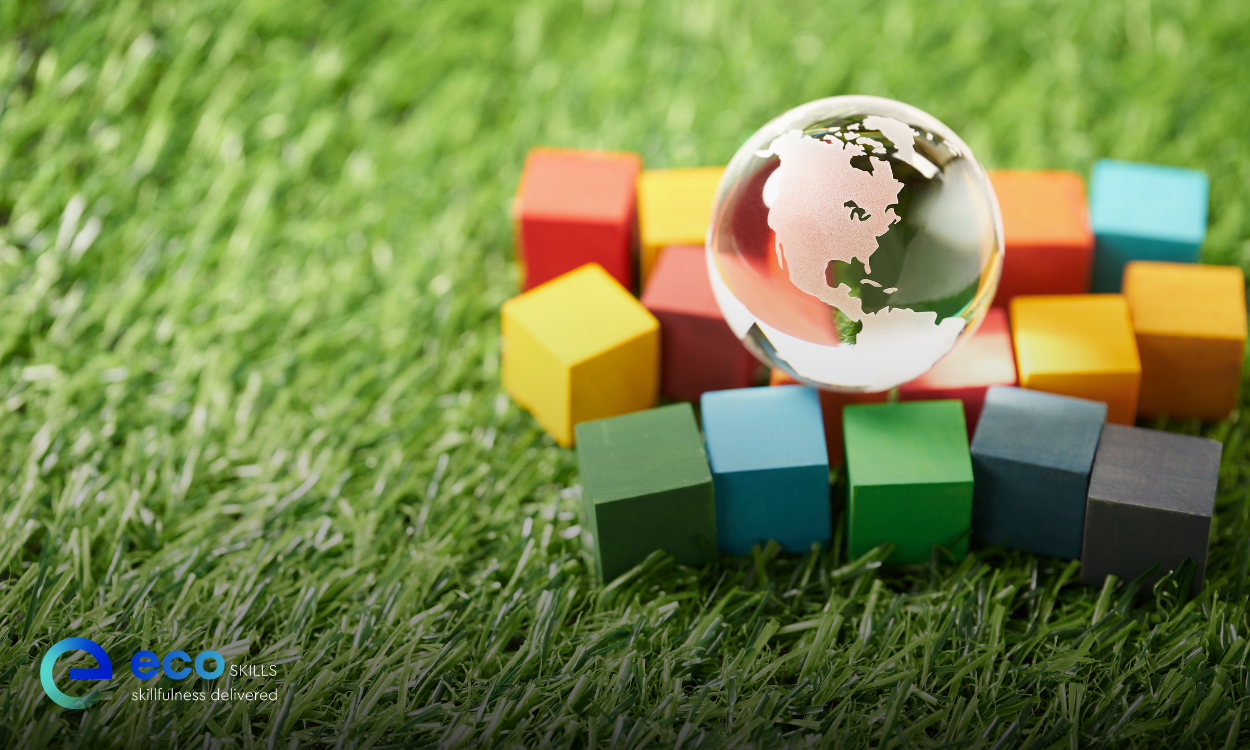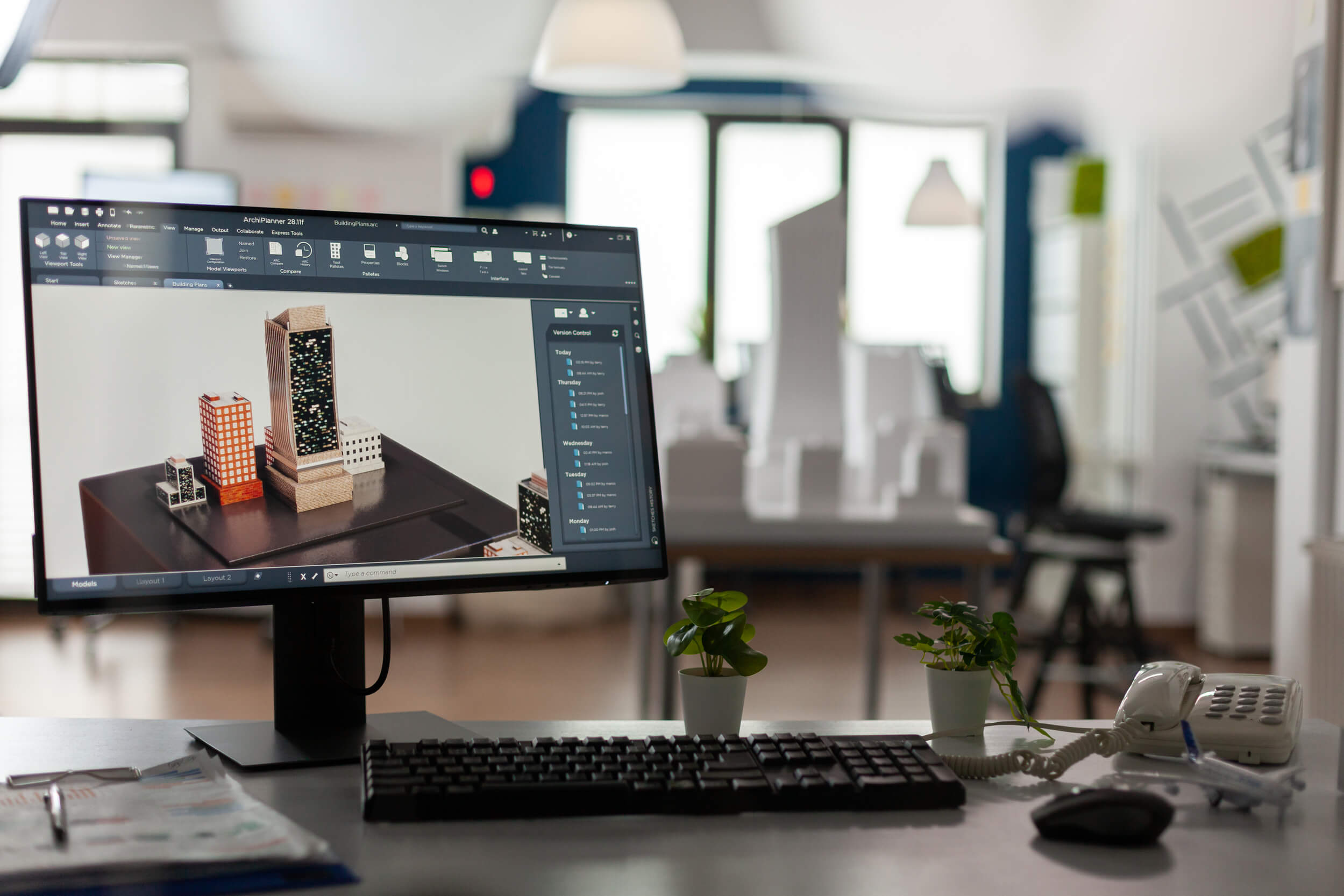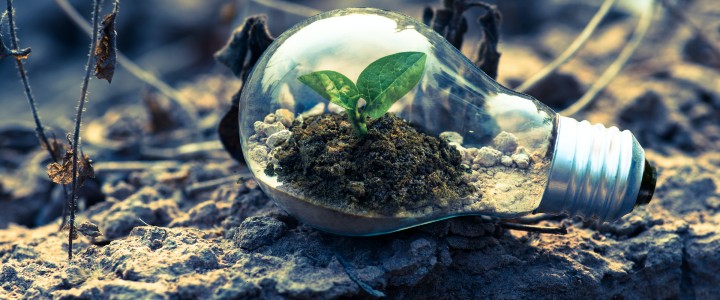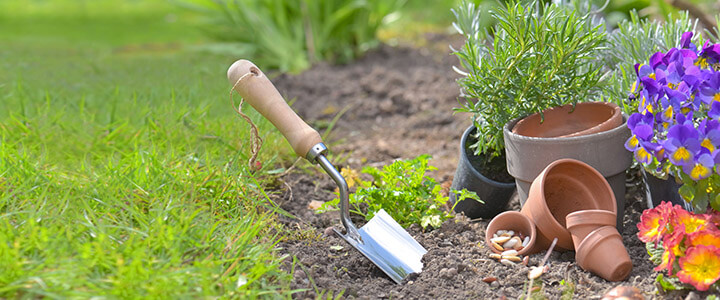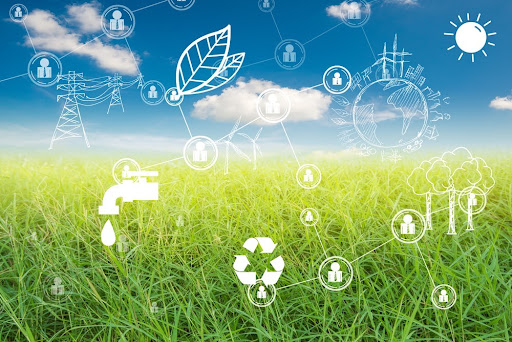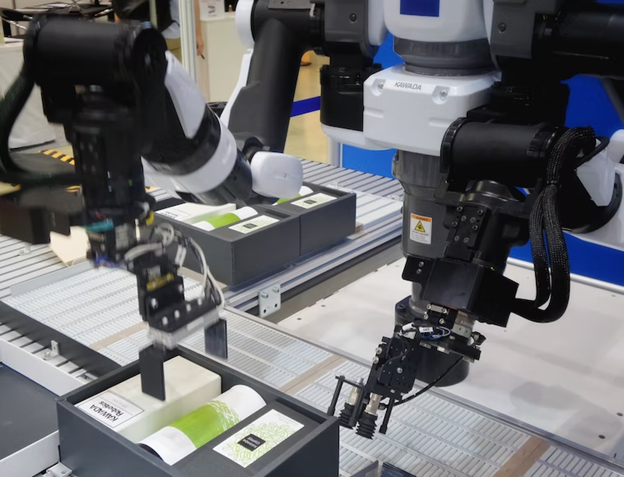5 ways you can make your laboratory more sustainable
Over the past year, laboratories have come under fire for contributing to global warming through the excessive use of non-recyclable one-use plastics. Even scientists who are pent on discovery and innovation have to be considerate of their carbon footprint. Some plastic use is justified when there is a need to ensure reliability, replicability, and accuracy of results with uncontaminated equipment, but often, the use of non-recyclable plastics is unnecessary and therefore should be halted.
After all, scientific breakthroughs should not be at the expense of the planet. In order to ensure sustainable development and minimise your laboratory’s environmental impact, here are five ways you can make your laboratory more environmentally friendly.
1. Go paperless
One effective way of limiting your laboratory’s environmental impact is to (where possible) switch from using paper to digital solutions, thereby cutting the amount of paper used in your laboratory. This can be done in a number of ways, but by far the most popular solution is the implementation of an electronic lab notebook, a software that replaces the paper lab notebook. Other laboratories favor having a digital laboratory inventory management system which also reduces paper consumption.
Both of these solutions will not only ensure the carbon footprint of your laboratory is significantly reduced, but they will also help in increasing efficiency as all your research data will be accessible online ensuring that your research can continue in any given circumstances, like for example the COVID-19 outbreak, both solutions have enabled scientists to continue their vital work remotely during the pandemic.
2. Think about where you source your laboratory supplies
Secondly, it is really important when buying laboratory materials and equipment to think about where they originate from and how you plan to dispose of them when they have served their purpose. There are some companies that provide alternative solutions to buying one-use plastics for the laboratory that you can research. Ecopackers, for example, is a start-up company in Canada that transforms agricultural by-products into 100% compostable replacements.
They use plants to help existing plastic manufacturers create single-use compostable plastics, solving the issue of waste, their business aims to transform laboratories globally to invest more in sustainable solutions. By investigating other sources of laboratory materials and equipment, you can drastically reduce your laboratory’s use of non-recyclable materials, mitigating your own carbon emissions.
3. Improve efficiency and accuracy in the laboratory
A third way you can make your laboratory more eco-friendly is by improving productivity levels and the quality of results produced. This can help you reduce the amount of waste caused by unsuccessful experiments, making your laboratory more efficient and offsetting its carbon footprint. By reducing human error (which accounts for most errors in the laboratory), you will save materials and resources along with researcher time and effort.
But how can you drastically improve productivity in the laboratory? The answer lies with the Internet of Things (IoT). A Mckinsey study has suggested that automation and IoT solutions provide a method of significantly reducing human error, thereby increasing the overall accuracy of results and productivity levels. One can look towards implementing forms of laboratory automation such as the laboratory execution system, which allows you to connect your existing equipment to an IoT infrastructure, allowing you to automate and monitor your devices.
The overall impact of digitalisation in the laboratory is that with increased accuracy of results, it not only reduces the time taken to complete experiments but also reduces the unnecessary waste of materials, making the research conducted more sustainable.
4. Re-use
Whilst the one-use plastic solution in the laboratory seems initially cost-effective and inescapable, many items do not have to be one-use plastic and can be sterilised and reused. Simple and effective, reusing basic laboratory equipment is a method of curbing your use of one-use plastics and thereby limiting your impact on the planet.
To do this, it is important to clean the materials as thoroughly as possible to ensure that the quality of results is not affected. Something like a cell scraper plastic knife can be reused for certain experiments if it is washed thoroughly, rinsed, dried, and placed back in its wrapping, free of contamination. Alternatively, a laboratory could opt for longer-life plastics, which can simply be sterilized for multiple usages, significantly reducing the number of one-use plastics that are non-recyclable.
5.)Recycle
Scientists will know that in many cases, using plastics in the laboratory is inescapable, this makes it more important to recycle when possible. Some plastics should be recycled straight after use if they only come into contact with water and harmless reagents. For other plastics which do come into contact with hazardous chemicals, the approach should be different.
The solution would be to soak the materials for a day in a high-level disinfectant then rinse them in water to decontaminate the plastic, after these steps the plastic can be recycled. At first people in the laboratory may be reluctant to implement these extra steps into their laboratory routine. Yet, reducing the amount of plastic that contributes to land waste is vital to ensure sustainability.
Conclusion
Notably, there are other, more simple ways to ensure that your impact on the environment is lessened. Making a concerted effort to watch water consumption and switch of lights and machinery when not in use can have a big impact on your laboratory’s carbon footprint and ensure that the laboratory remains a place of innovation and discovery and not a contributor to global warming.
Implementing digital solutions will also have a profound impact on the laboratory environment making it smarter, more accurate, and productive, one which not only reduces the environmental impact but also encourages further development of science.
Other methods of reducing the carbon footprint of a laboratory may include sourcing equipment from alternative suppliers which can seem like an unnecessary waste of time, yet it is important to take into consideration the planet. It is the purpose of a scientist to discover more about the natural world, thus it is important that researchers protect the natural world and try to combat climate change.








